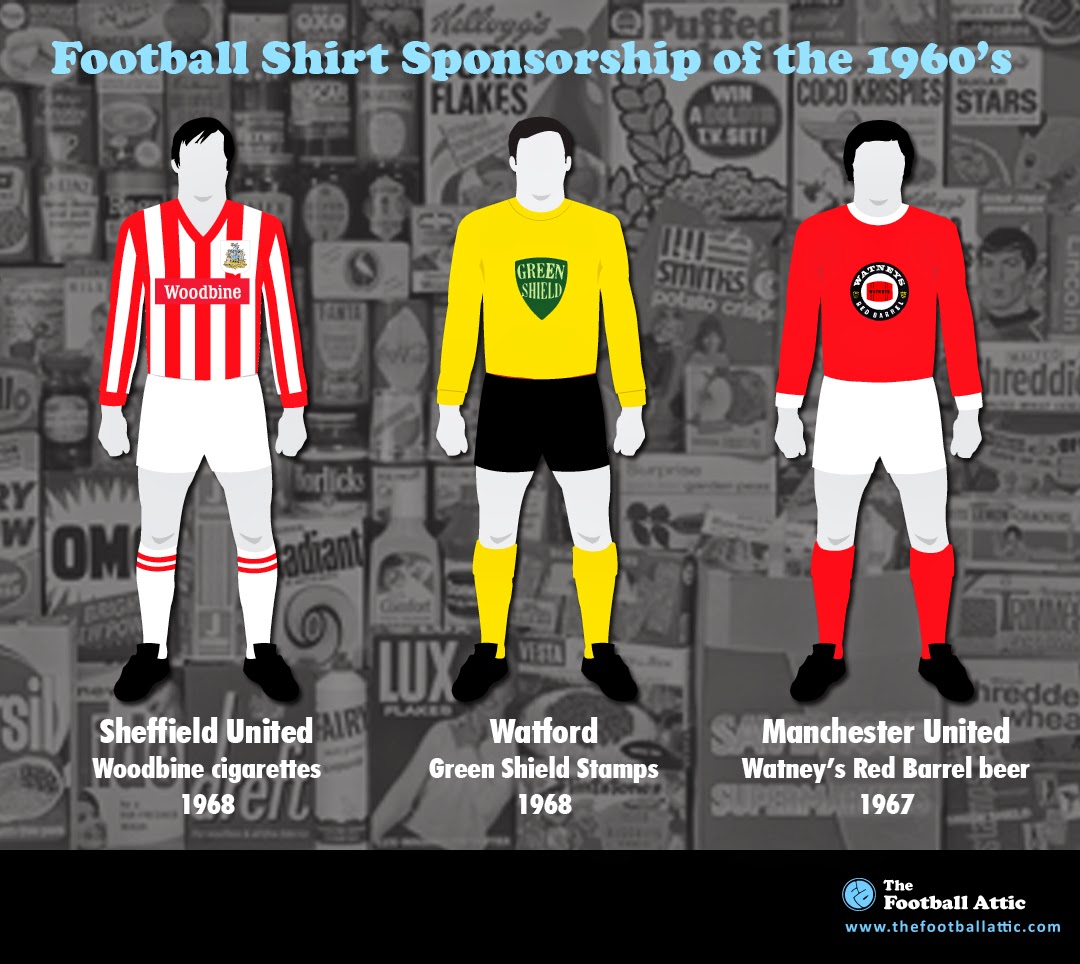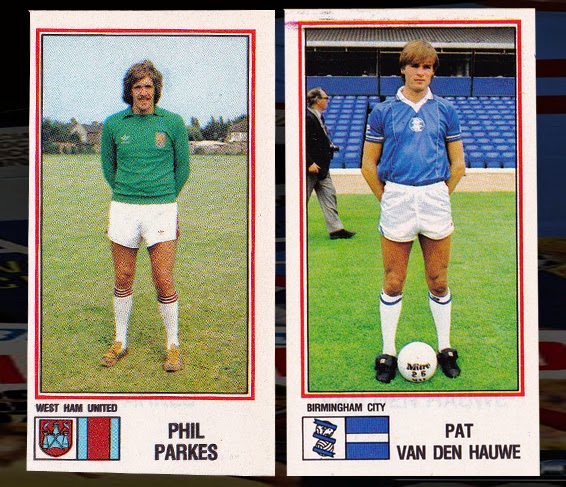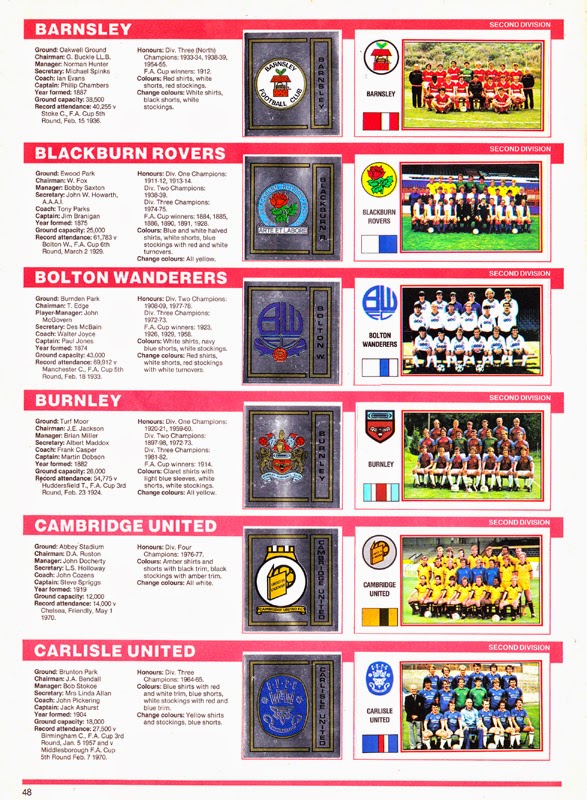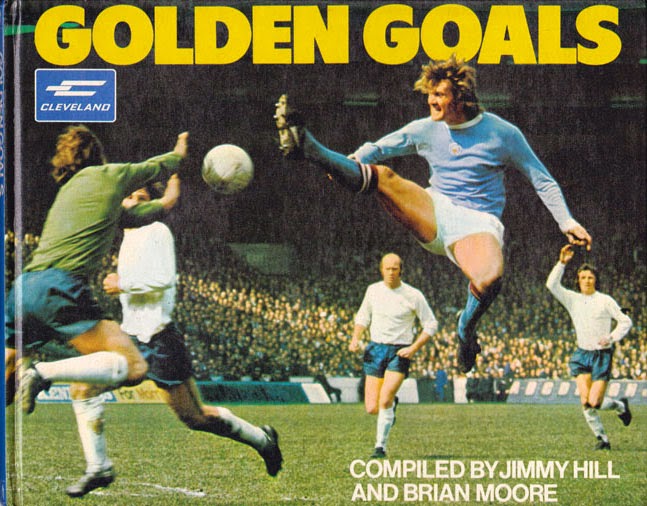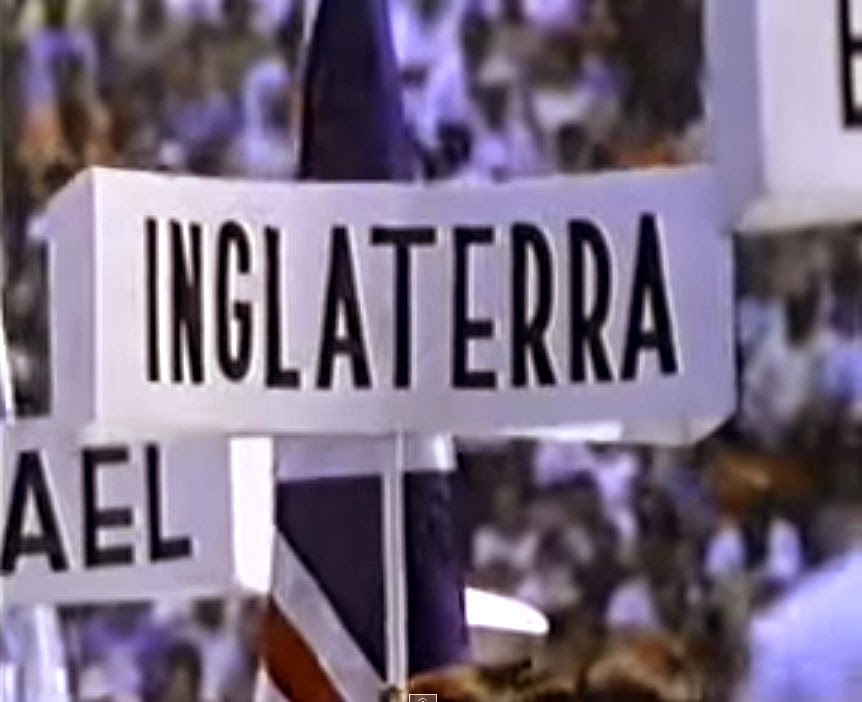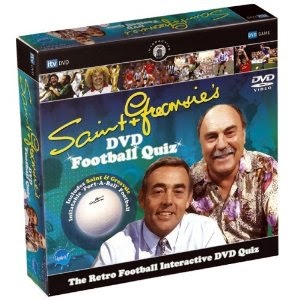What would the football kits of English football teams have looked like if shirt sponsorship had arrived a decade earlier, during the late-1960's? Go on, admit it - you've been wondering about that, haven't you?
Well wonder know more as we conjure up some more fantasy illustrations to take you into an alternative reality where things really did happen...
We begin with Sheffield United (above left) who in this image are sporting the sponsor's name of Woodbine. Why? For no other reason than the once popular cigarette brand features in The Greasy Chip Butty Song, favoured so much by fans of The Blades. So there.
Then we have Watford (above centre) who perhaps might have had the Green Shield Stamps logo on their plain yellow shirts. I matched the logo with the team because the building that once acted as the Green Shield UK headquarters was based in Edgware, a short distance from the Vicarage Road ground.
Lastly, on the right of the image, I've paired up Manchester United with Watney's Red Barrel. Again, no complicated reason for this, other than the logo looks quite nice on a red shirt.
Onto the next selection...
Tottenham and Persil (above left) - a perfect combination, purely because we were always told that 'Persil washes whiter'... and just as well, as those white shirts can get really rather muddy sometimes...
Above centre is Aston Villa and their HP Sauce-fronted shirts. Here we have another local connection as the factory that used to make HP Sauce was located in Aston, Birmingham. (And you thought I was just throwing this stuff together...)
Lastly on the right, we have Oxo on the shirts of Nottingham Forest, proving once again that some logos just look better on a particular background colour. Oxo's packaging has been red for many years, so it just seems to fit.
And so to the last selection of 60's-sponsored kits, and we begin with the Hoover logo on the QPR shirt (above left). Anyone that's driven down the A40 Western Avenue in London has probably seen the lovely Art Deco building that once produced Hoover appliances at some point or another. The Hoover Building is situated just over five miles away from QPR's Loftus Road ground, thereby creating yet another tenuous link.
The middle kit is that of Norwich City, and their shirt is sponsored by Fairy Snow. The name might be faintly embarrassing, but there is a connection as packets of the erstwhile detergent used to have a yellow and green colour scheme. Fact.
Last, but not least, there's Everton and their Lyons Maid splash across the famous old blue shirt. Here I have to admit I really have been throwing this together as the weakest of all connections is based on Everton once having the great Mick Lyons on their team roster during the 1970s. Pathetic really, isn't it?
-- Chris Oakley
Well wonder know more as we conjure up some more fantasy illustrations to take you into an alternative reality where things really did happen...
We begin with Sheffield United (above left) who in this image are sporting the sponsor's name of Woodbine. Why? For no other reason than the once popular cigarette brand features in The Greasy Chip Butty Song, favoured so much by fans of The Blades. So there.
Then we have Watford (above centre) who perhaps might have had the Green Shield Stamps logo on their plain yellow shirts. I matched the logo with the team because the building that once acted as the Green Shield UK headquarters was based in Edgware, a short distance from the Vicarage Road ground.
Lastly, on the right of the image, I've paired up Manchester United with Watney's Red Barrel. Again, no complicated reason for this, other than the logo looks quite nice on a red shirt.
Onto the next selection...
Tottenham and Persil (above left) - a perfect combination, purely because we were always told that 'Persil washes whiter'... and just as well, as those white shirts can get really rather muddy sometimes...
Above centre is Aston Villa and their HP Sauce-fronted shirts. Here we have another local connection as the factory that used to make HP Sauce was located in Aston, Birmingham. (And you thought I was just throwing this stuff together...)
Lastly on the right, we have Oxo on the shirts of Nottingham Forest, proving once again that some logos just look better on a particular background colour. Oxo's packaging has been red for many years, so it just seems to fit.
And so to the last selection of 60's-sponsored kits, and we begin with the Hoover logo on the QPR shirt (above left). Anyone that's driven down the A40 Western Avenue in London has probably seen the lovely Art Deco building that once produced Hoover appliances at some point or another. The Hoover Building is situated just over five miles away from QPR's Loftus Road ground, thereby creating yet another tenuous link.
The middle kit is that of Norwich City, and their shirt is sponsored by Fairy Snow. The name might be faintly embarrassing, but there is a connection as packets of the erstwhile detergent used to have a yellow and green colour scheme. Fact.
Last, but not least, there's Everton and their Lyons Maid splash across the famous old blue shirt. Here I have to admit I really have been throwing this together as the weakest of all connections is based on Everton once having the great Mick Lyons on their team roster during the 1970s. Pathetic really, isn't it?
-- Chris Oakley
